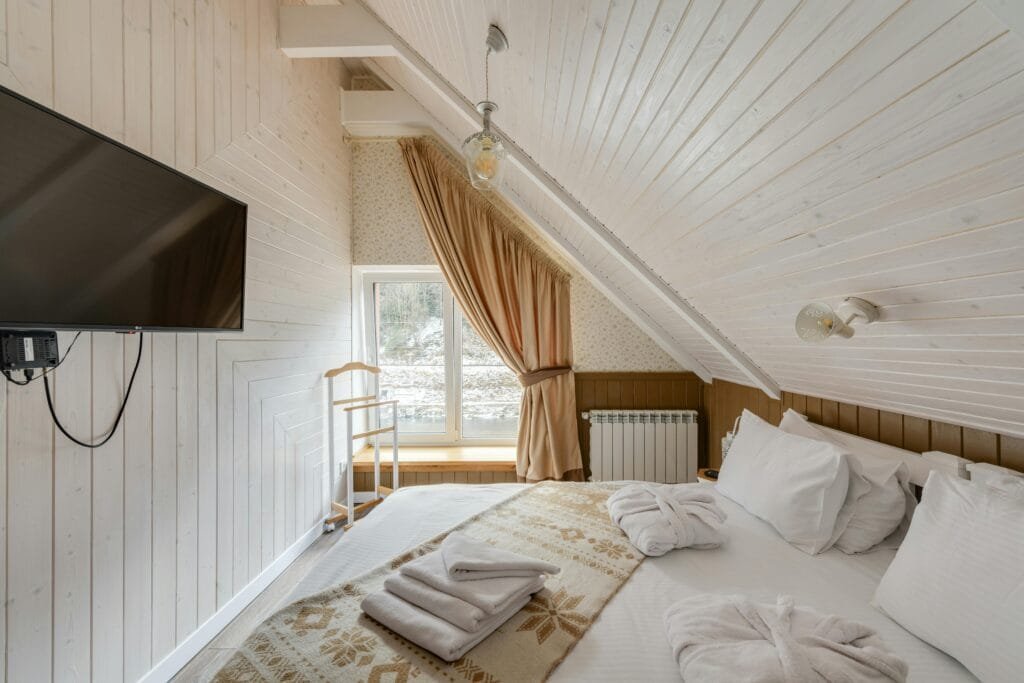Table of Contents
Introduction
This Budget Europe Trip Guide reveals insider secrets to help you explore top cities, landmarks, and cultures—without breaking the bank. From scoring the cheapest flights and budget-friendly stays to discovering free attractions and smart transport tips, here’s how to travel Europe the savvy and affordable way.
1. Choose Budget-Friendly Destinations
Not all European countries are expensive! To make the most of your budget, consider visiting destinations that are known for affordability. Countries like Portugal, Hungary, Poland, and Greece offer rich culture, historical sites, and stunning landscapes at a fraction of the cost compared to places like France or Switzerland.
2. When to Book Flights for the Best Deals

Timing is everything. For the cheapest rates:
- Book 2–3 months in advance for intra-Europe flights.
- Use tools like Google Flights, Skyscanner, or Hopper to track fares.
- Fly mid-week (Tuesday or Wednesday) for the best deals.
- Be flexible with airports—smaller European cities often have lower taxes.
Pro Tip: Consider flying into budget hubs like Dublin, Milan, or Berlin, then hop around via trains or budget airlines.
3. Travel During the Off-Season
One of the best-kept secrets of budget travel is visiting Europe in the off-season. Peak summer months (June to August) see a spike in prices for flights, accommodation, and tours. Instead, aim for shoulder seasons like April to May or September to October. You’ll enjoy milder weather, fewer crowds, and lower prices across the board.
4. Eurail vs. Budget Airlines: Which Is Cheaper?
Both have their perks:
- Eurail Pass: Ideal for scenic travel, unlimited trips in a time window, and youth discounts.
- Budget airlines (Ryanair, EasyJet, Wizz Air): Great for long distances—but watch out for baggage fees.
Verdict:
- Choose budget airlines for long-haul hops or when tickets are on flash sale.
- Use Eurail if you’re visiting multiple nearby countries or prefer flexible schedules.
5. Stay in Affordable Accommodations

Accommodation can quickly add up, but there are several budget-friendly options to consider:
- Hostels: Ideal for solo travelers or groups, offering shared dorms at a low price.
- Airbnb: Great for budget-conscious travelers looking for more privacy or the ability to cook their own meals.
- Budget hotels: Many countries have local chains that offer clean, affordable rooms.
- House Sitting or Couchsurfing: If you’re flexible, these options can allow you to stay for free.
6.How to Eat Well Without Spending a Fortune
European cuisine is a highlight of any trip, but dining out for every meal can be expensive. Here are a few tips for eating on a budget:
- Eat where locals do: Skip the touristy restaurants and explore local cafes or food markets for affordable and authentic meals.
- Cook your meals: If your accommodation has a kitchen, shopping at local supermarkets and cooking can save you a lot of money.
- Street food: Many European cities have vibrant street food scenes offering delicious meals for a fraction of the cost of a sit-down restaurant.
- Tap water: In most European countries, tap water is safe to drink. Bring a refillable water bottle to save on buying bottled water.
Bonus Tip: In many European countries, tap water is safe—skip the bottled stuff.
7.Free Attractions in Europe’s Top Cities

Many top sights don’t cost a dime:
- London: British Museum, Hyde Park, Changing of the Guard
- Paris: Notre-Dame grounds, Sacré-Cœur, Seine riverside
- Rome: Trevi Fountain, Pantheon, Spanish Steps
- Berlin: Berlin Wall, East Side Gallery, Brandenburg Gate
- Visit on the first Sunday of the month—many major museums are free!
8. Get a Local SIM Card or Use Wi-Fi
Avoid expensive roaming charges by purchasing a local SIM card with data upon arrival. Alternatively, rely on free Wi-Fi, which is widely available in cafes, restaurants, and public spaces across Europe. Many cities also offer free public Wi-Fi networks.
Money-Saving Passes & Cards You Should Know
Consider these for serious savings:
- City cards (e.g., Paris Pass, Berlin WelcomeCard) for free entry & transit.
- ISIC card: Student discounts across Europe.
- Revolut/N26: No foreign transaction fees for travelers.
Travel Tip: Download apps like Rome2Rio and Omio to compare transport costs easily
9. Consider Travel Insurance
Though an extra expense, travel insurance is essential to avoid unexpected costs in case of emergencies. Look for affordable policies that cover medical expenses, trip cancellations, and lost luggage to protect your budget in the long run.
10. Track Your Expenses
While traveling, it’s easy to lose track of spending. Use a budget-tracking app like Trail Wallet or Splitwise to monitor your daily expenses and ensure you’re sticking to your budget.
Sample 2-Week Europe Itinerary on a Budget

Here’s a smart route that balances value, beauty, and efficiency:
Week 1: Western Europe
- Day 1–3: Paris (free museums, walking tours)
- Day 4–6: Brussels & Bruges (cheap trains, chocolate heaven)
- Day 7: Amsterdam (bike tours, canal strolls)
Week 2: Central & Eastern Europe
- Day 8–9: Berlin (history-rich, free attractions)
- Day 10–11: Prague (budget foodie paradise)
- Day 12–14: Budapest (thermal baths, ruin bars)
Travel by train or budget flights between destinations. Book night trains to save on accommodation!
Conclusion
A European vacation doesn’t have to break the bank. With careful planning, choosing budget-friendly destinations, and utilizing smart travel hacks, you can experience the best of Europe on a shoestring budget. From booking flights early to saving on food and accommodation, these secrets will help you explore Europe without overspending.
Start planning your Budget Europe Trip Guide, and unlock the savings while creating unforgettable memories!

